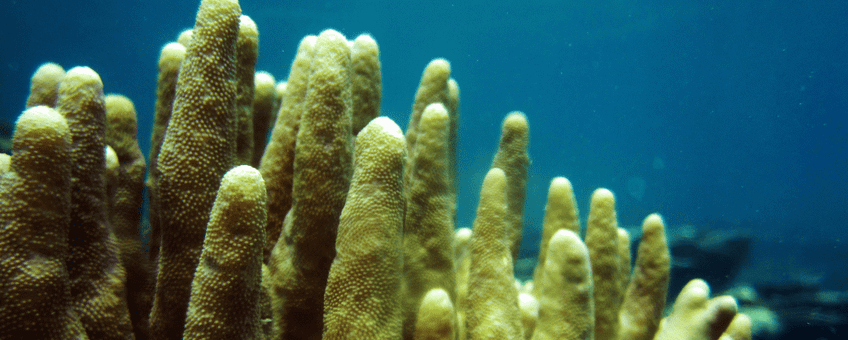
Coral dispersal: a local affair
Dutch Caribbean Nature Alliance (DCNA)This project was a collaborative effort between the University of Queensland, the California Academy of Sciences, and the CARMABI Foundation on Curaçao. The research found that several types of Agaricia corals, including lettuce coral (A. agaricites) and low-life lettuce coral (A. humilis), disperse over very short distances—just meters per generation—making them dependent on local populations for replenishment. This was in contrast to another species, Lamarck’s Sheet Coral (A. lamarcki), that likely disperses over longer distances. The findings were based on photogrammetry and genomic analysis, revealing that dispersal patterns are not uniform even within species from the same genus. The limited dispersal ability of some species means they might struggle to recover from widespread disturbances, while those with longer dispersal ranges may be more resilient.
Why it matters for Coral survival

This research is important because it highlights the vulnerabilities of corals with short dispersal distances. As corals are facing rapid declines due to climate change-induced heat waves, understanding their dispersal capacity is crucial for conservation strategies. Corals with limited dispersal are more prone to local extinction after large-scale disturbances, though they can repopulate if neighboring colonies survive. This knowledge can inform reef management practices, ensuring that efforts focus on maintaining connectivity between coral populations to promote gene flow and resilience.
A Dutch Caribbean connection
In the context of the greater Dutch Caribbean, there is the need for region-wide coral conservation efforts. Many different species of corals make-up a reef and they all have their own roles within the ecosystem. For some coral species that are able to disperse far distances, they connect reef health across islands, and ensuring the survival of these coral populations in one area provides benefit to the entire Caribbean ecosystem. For corals with short dispersal, like those in the Agaricia genus, ensuring survival of these colonies provides local stability of reefs, where the far distance dispersers are less reliable. Ensuring survival of both types of species together provides resilience to coral reef ecosystems against global and local threats, which could provide a model for other regions facing similar challenges.
More information
- The scientific article Some reef-building corals only disperse metres per generation in the Dutch Caribbean Biodiversity Database.
Text: Dutch Caribbean Nature Alliance
Images: Dedi Habank (leadphoto: low-life lettuce coral); Robert Pavsic
